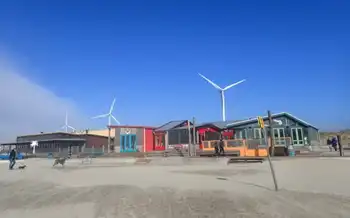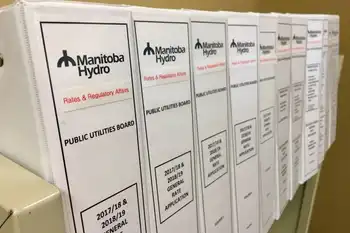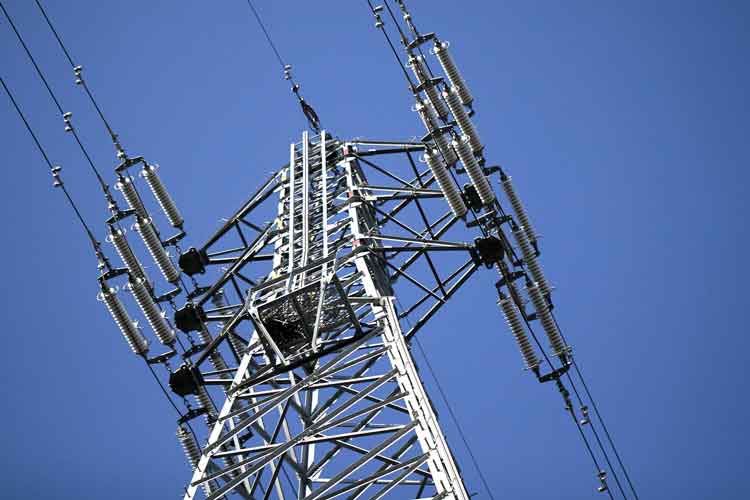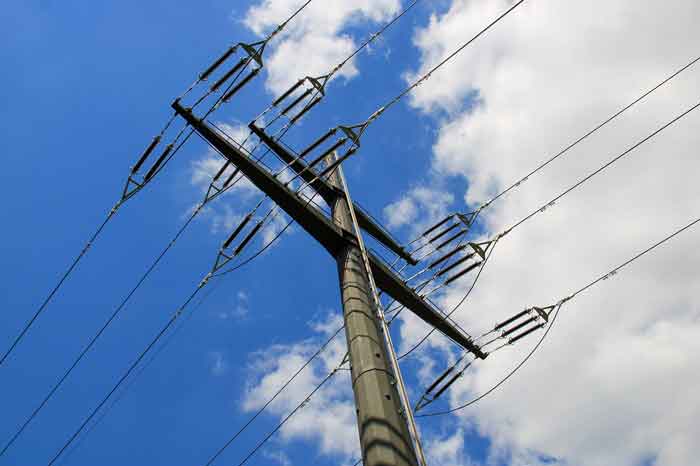Dutch produce more green electricity but target still a long way off

Substation Relay Protection Training
Our customized live online or in‑person group training can be delivered to your staff at your location.

- Live Online
- 12 hours Instructor-led
- Group Training Available
Netherlands renewable energy progress highlights rising wind energy and solar power output, delivering 17 billion kWh of green electricity from sustainable sources, yet trailing EU targets, with wind providing 60% and solar 34%.
Key Points
It is the country's growth in green electricity, led by wind and solar, yet short of EU targets at 13.8% of generation.
✅ 17 billion kWh green output; 13.8% of total generation
✅ Wind energy up 16% to 9.6 billion kWh; 60% of green power
✅ Solar power up about 13%; 34% of renewable production
The Netherlands is generating more electricity from sustainable sources as US renewable record 28% in April underscores broader momentum but is still far from reaching its targets, the national statistics office CBS said on Friday.
In total, the Netherlands produced 17 billion kilowatts of green energy last year, a rise of 10% on 2016. Sustainable sources now account for 13.8 per cent of energy generation, even as solar reshapes prices in Northern Europe across the region.
The biggest growth was in wind energy – up 16 per cent to 9.6 billion kWh – or the equivalent of energy for three million households. Wind energy now accounts for 60 per cent of green Dutch power. The amount of solar power, which accounts for 34% of green energy production, rose almost 13 per cent, and Dutch solar outpaces Canada according to recent reports.
In January, European statistics agency Eurostat said the Netherlands is near the bottom of a new table on renewable energy use in Europe. The EU has a target of a fifth of all energy use from green sources by 2020 and – while some countries have reached their own targets, including Germany's 50% clean power milestones – the Dutch, French and Irish need to increase their rates by at least 6%, Eurostat said, and Ireland has set green electricity goals for the next four years to close the gap.











